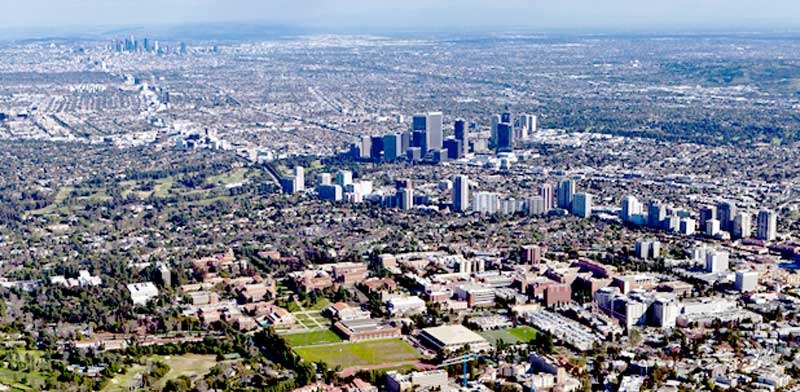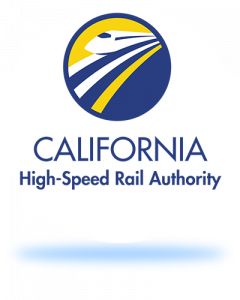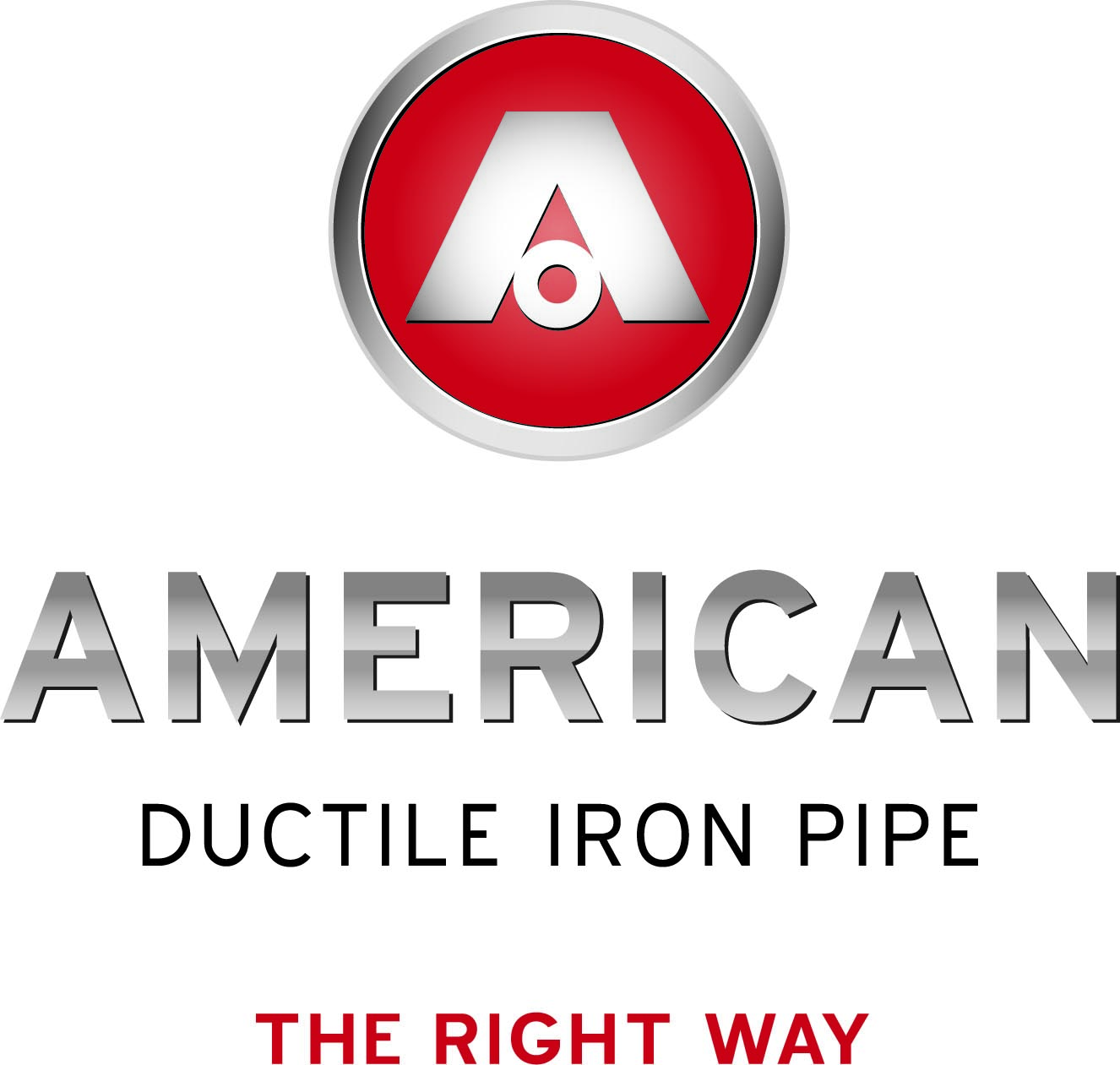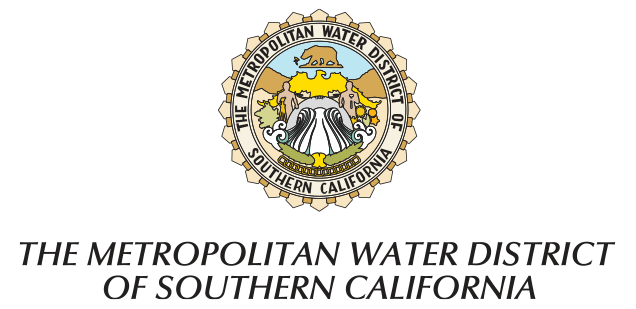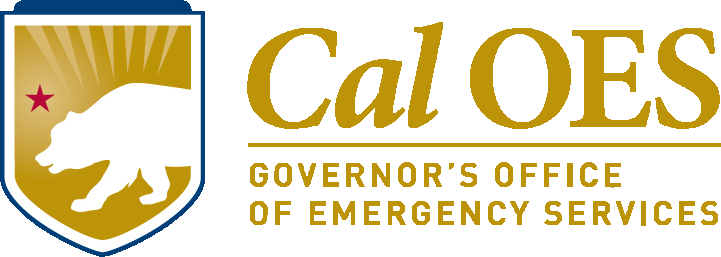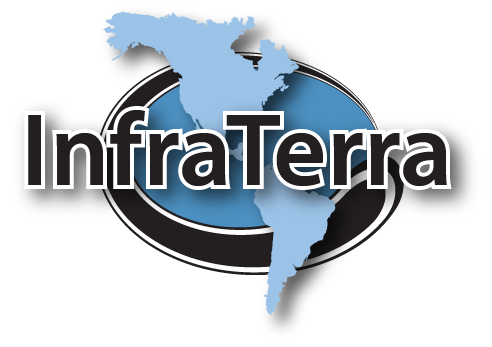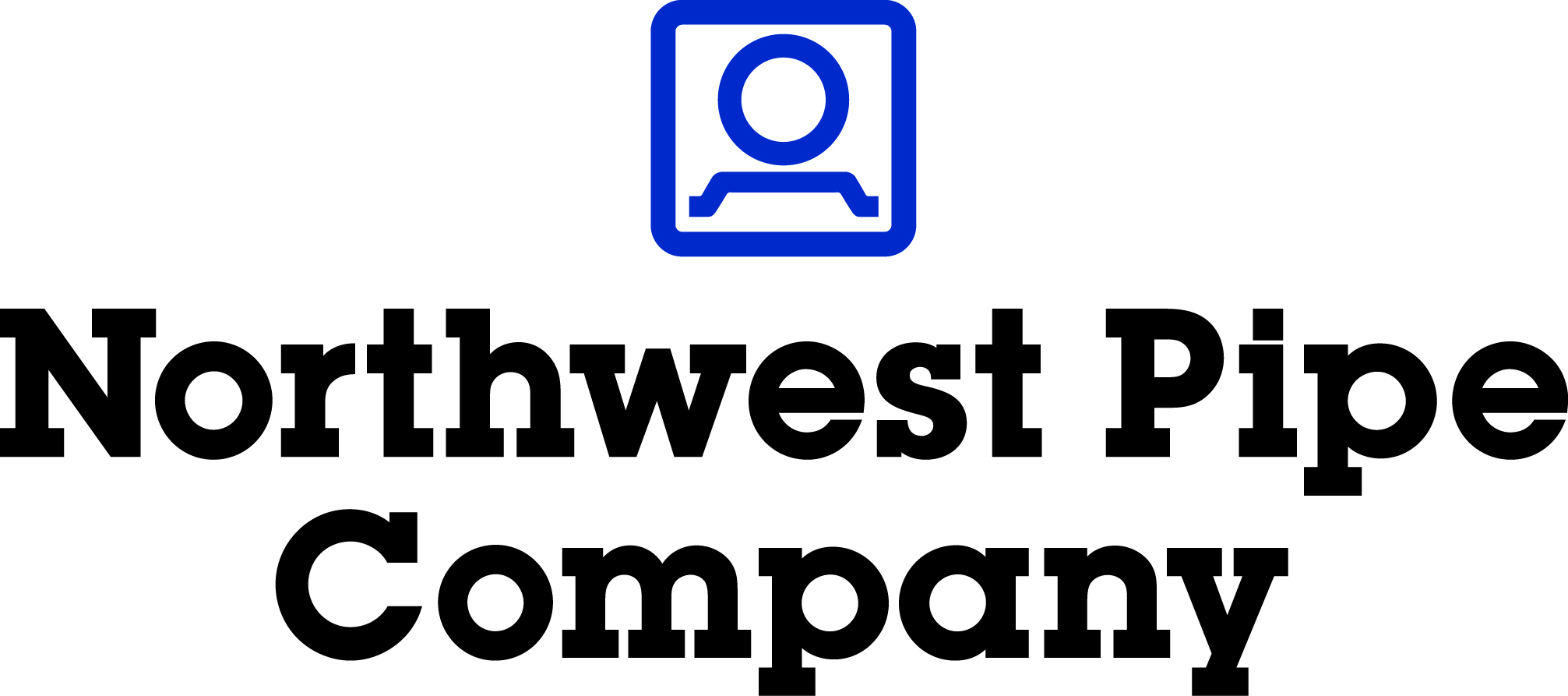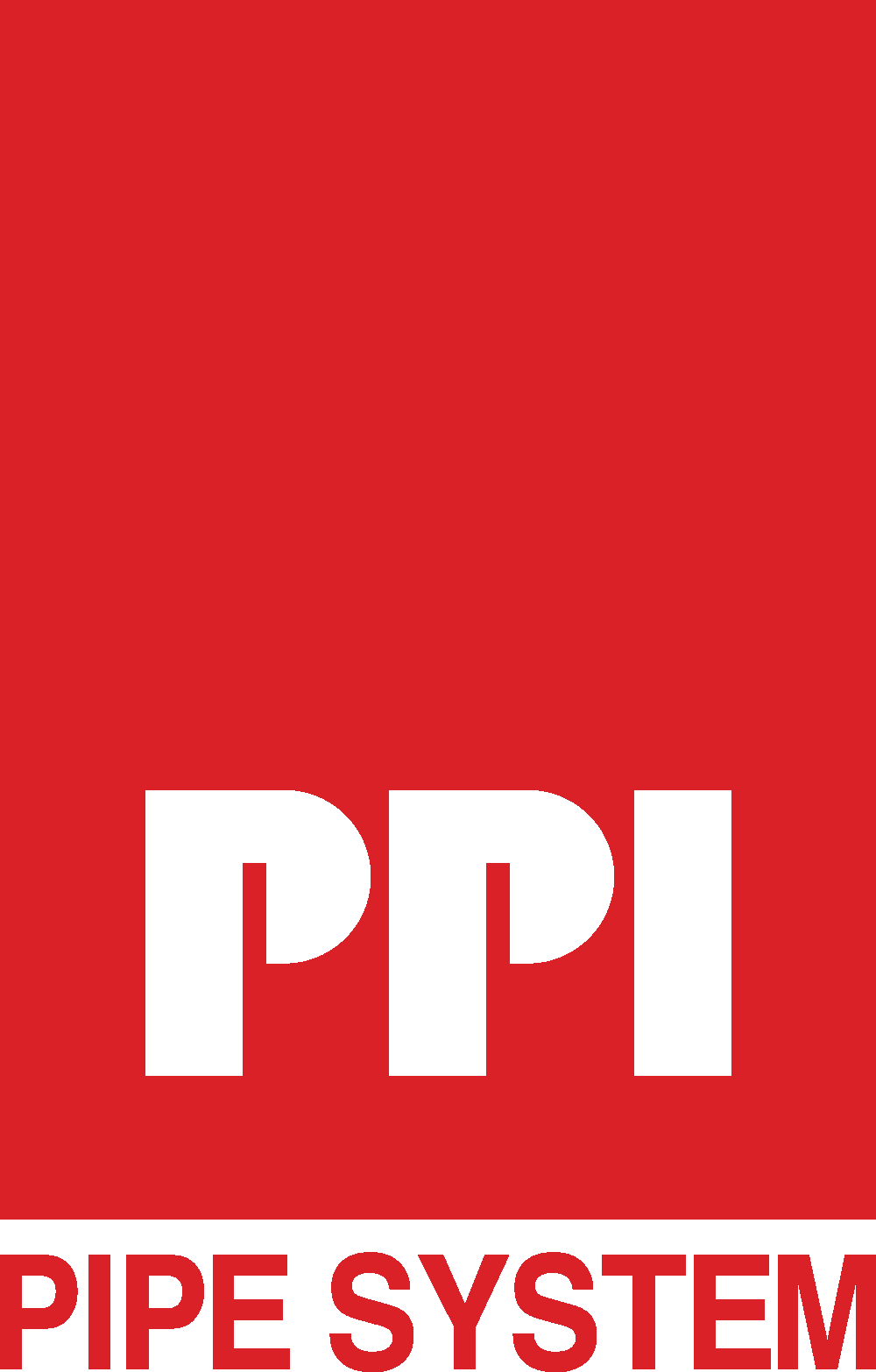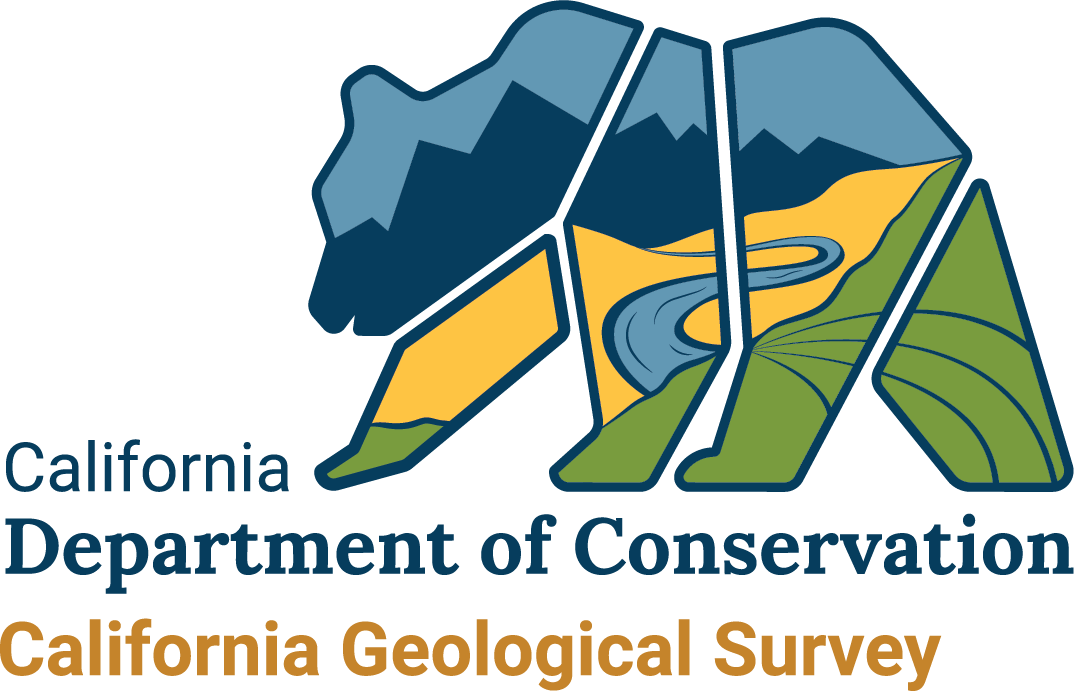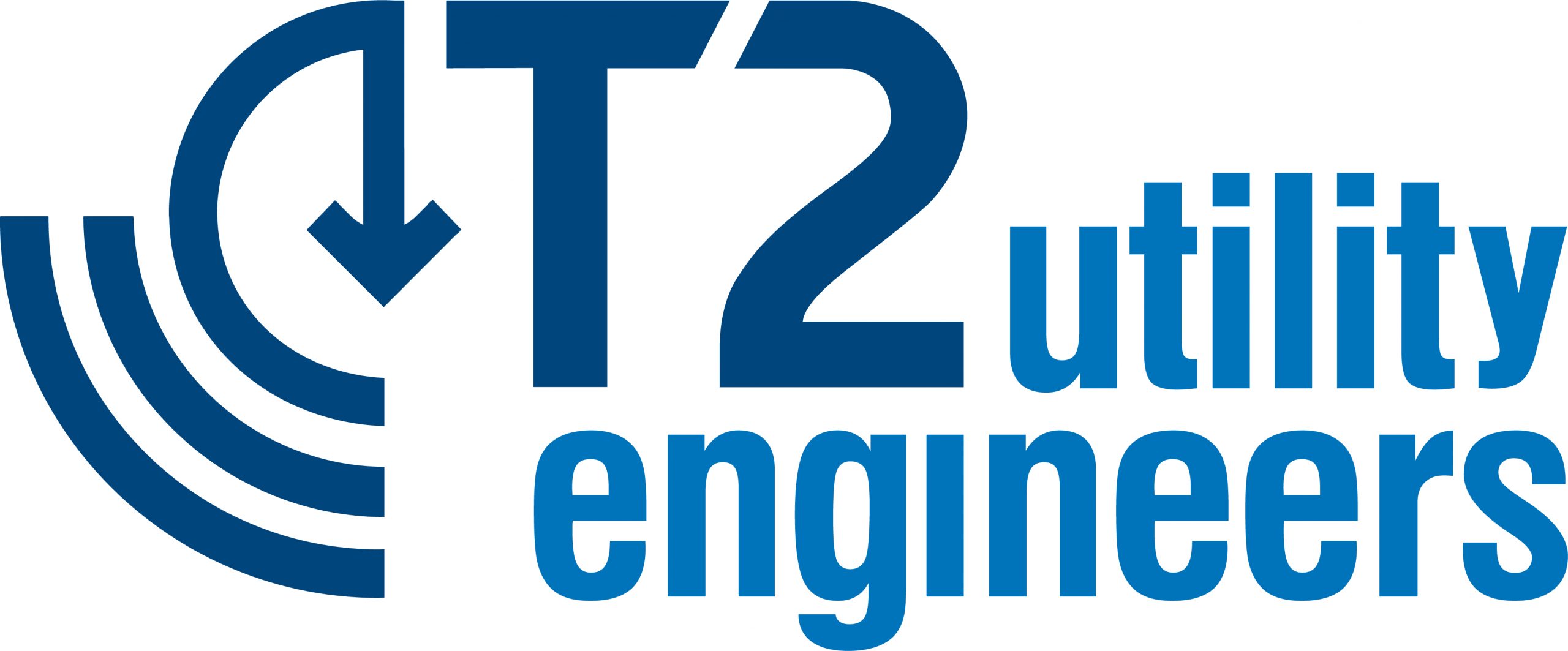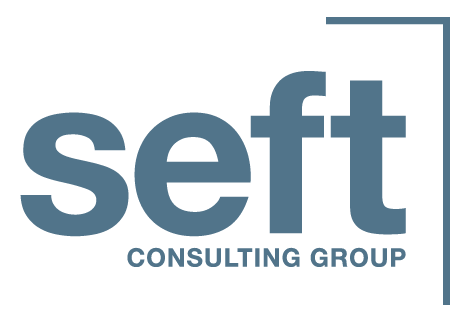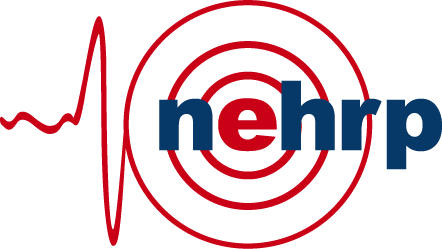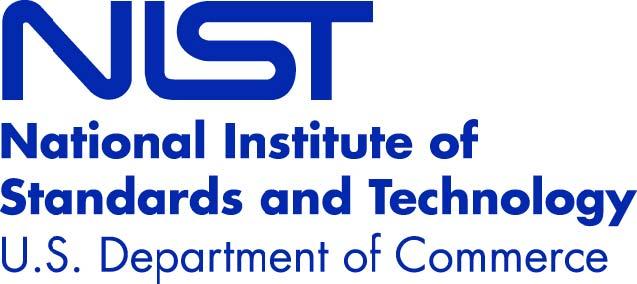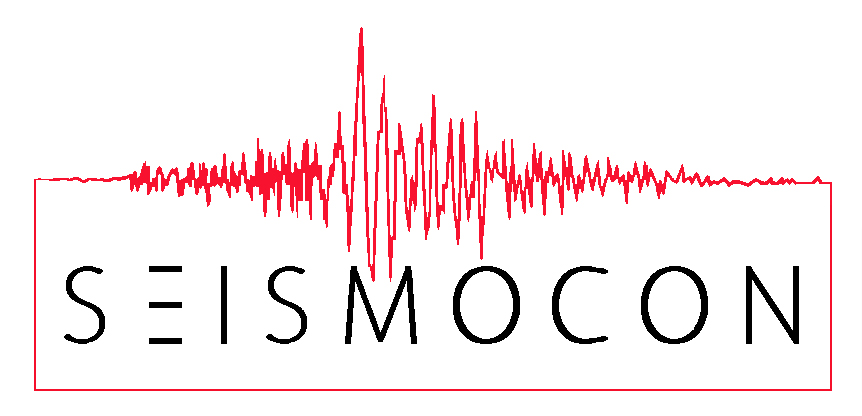University of California, Los Angeles
February 7—11, 2022

![]()

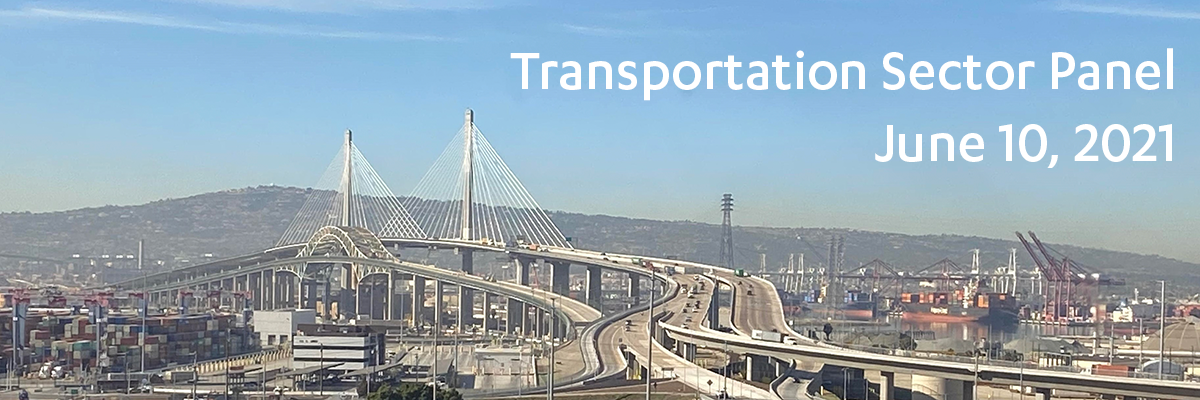
Photo provided courtesy Ron Eguchi
ONLINE SEMINAR
Lifelines 2021-22 Panel Discussion on Transportation Sector Resilience
The ASCE Infrastructure Resilience Division and the UCLA Samueli School of Engineering are hosting the Lifelines 2021-22 conference. Conference activities were launched on February 9, 2021, to commemorate the 50th Anniversary of the San Fernando Earthquake. This was followed by an Energy Sector Panel session in April 2021. Prior to the in-person conference on February 7 to 11, 2022, we are holding additional activities throughout the 2021 calendar year related to the conference theme of Understanding, Improving, and Operationalizing Hazard Resilience for Lifeline Systems. The severe impacts of the 1971 earthquake inspired research of lifeline systems worldwide, including water, wastewater, stormwater, electric power, gas and liquid fuels, communications, transportation, and solid waste management systems.
As part of the Lifelines 2021-22 conference event series, the ASCE Metropolitan Los Angeles Branch is organizing an online panel discussion focusing on the Transportation Sector to address how these systems are incorporating hazard resilience into their planning, design, and operations. This effort includes the challenges faced and overcome by transportation systems following the 1971 San Fernando Earthquake. The main themes of discussion will be lessons learned and implemented since the 1971 earthquake and other hazard events over the past 50 years, and the plans and policies to make the transportation sector lifeline systems with their multi-modal interactions more resilient to hazards from future events. We are inviting managers from Caltrans, LA METRO, Port of Long Beach, and High-Speed Rail to be members of the panel discussion. During the session, the moderators will ask questions to panel members and allow time for response. The questions will be pre-defined by the moderators and taken from the audience. The event will be held virtually on Thursday, June 10, 2021, from 12:00 PM to 1:00 PM.
![]() .
.![]()
![]()
Replies to questions the moderators were unable to ask panel members during the webinar.
Question To Sean Gamette & Tom Ostrom: I believe you mentioned something about the results of studies being used to justify capital projects. What is your experience in the local attitude toward making improvements to regional seismic resilience? I also noted that Tom mentioned the large number of fatalities on roadways, related to regular operations and not earthquakes. Would appreciate hearing about anyone's experience in justifying seismic improvements, given that there may be some complacency due to a lack of recent earthquakes.
Tom Ostrom: As time passes after any extreme event it is expected the heightened awareness wanes. Other extreme events and resiliency needs also manifest themselves and compete for resources. At Caltrans we have come to realize that there is no finish line for seismic resiliency. We recognize that its about making incremental improvements. Therefore, we focus on investing in research that helps us evolve the state of our practice in earthquake engineering and incorporate lessons learned from seismic events around the world. We are also diligent about routinely evaluating the seismic vulnerability of our bridge inventory using updated risk algorithms. These long-term investment in seismic safety ensure that we continue to move the ball forward even when other worthwhile events and issues like climate change and work zone safety compete for our attention and resources.
Question To Tom Ostrom: You mentioned the reality of constrained resources. How do you balance investments in those day-to-day risks (like road user safety) with investment to address low probability high impact risks (like earthquakes)?
See my responses to questions 1 and 2. Caltrans is fortunate that we have maintained capital resources (project funds) and support resources (staff) dedicated to our seismic safety program. This enables us to sustain a robust seismic research program, continuously train our bridge and geotechnical engineers in earthquake engineering and maintain our emergency response at a state of readiness. In fact, many of the practices we have stood up for seismic safety are modeled by other parts of Caltrans that are responding to extreme events such as wildfires and sea level rise.
Read more
We also utilize external review via our Seismic Advisory Board who advise our directorate on the critical importance of seismic safety of the State Highway System (SHS). Additionally, we collaborate with our external affairs division in working with statewide and national media to help us communicate to the public what we are doing to keep the SHS resilient as well as to inform the public on what to expect with regard to the performance of the SHS after a major earthquake.
To Ian Buckle: In an ideal world without any restrictions on budget etc., what would be the best design philosophy to achieve the highest resilience in transportation structures?
Resilience is determined by two attributes: one is the structure vulnerability and the other is recovery resources. A highly resilient transportation structure will have low vulnerability and fast recovery. The best design philosophy is therefore one that delivers in both areas. For example, damage that does occur is reparable under traffic (perhaps restricted by lane closures and/or reduced speed for short period of time).
Question To All: How much is the allocation for resiliency in your agency's budget?
Androush Danielians: We do not have a set dollar value for resiliency but the more conservative requirements vs the building or Caltrans codes does add more value to both the design and construction of a particular structure.
Read More
Danielians, continued: However, over the life for a structure, those with more resiliency built in them have a smaller maintenance cost that may offset the extra cost spent during the construction phase of the project. Therefore, it may not be possible to put a set amount of budget for resiliency but on the long the money spent upfront may result in lesser maintenance costs.
Tom Ostrom: Caltrans spends on average $150 million/yr. on seismic retrofit projects. We also have an Office of Earthquake Engineering (OEE) that is a staffed with 25 full time positions. OEE maintains our earthquake engineering policy and standards, manages the Caltrans seismic research program, and assists our capital program in delivering seismic resiliency related projects.
Caltrans has similar efforts under way to manage or mitigate the risk to climate action extreme events such as wildfire and sea level rise on the state highway system.
To Sean Gamette & Androush Danielians: The Port mentioned an emergency response strategy; Metro resiliency for rail facilities mentioned the problem that if a rail structure fails, there are limited options for detours. Is there an effort to collaborate between agencies in the event that one agency has an infrastructure failure, but gets helped out by partner agencies? Is interdependencies with other infrastructures/systems and critical facilities taken into consideration?
Androush Danielians: I am not sure if by “effort” you mean monitory effort or coordination effort. Therefore, I will address both. Metro does coordinate with local agencies on a continuous basis both during an emergency and regular times as our facilities are usually located adjacent to a third party’s right of way. As a matter of fact, Metro Board consist of the mayor of City of Los Angeles and several other City mayors, County of Los Angeles supervisors and the director of Caltrans District 7 are members of Metro Board. However, there is no official set coordination protocol that gets activated in case of an emergency as each emergency requires a different response and the cost of repair for each facility is paid for by the agency who owns or operates the particular damaged facility and not by the third agency.
To Ian Buckle: Are your transportation agencies working together to set consistent functional recovery times for a consistent set of earthquakes? It seems that such joint efforts and consistent goals are needed to achieve the overall goal of restoring the communities and regional and national economy.
Not that I am aware. In my experience agencies are reluctant to give specific recovery times due to uncertainties in the hazard, extent of damage (local vs regional), and accessibility of recovery personnel, equipment and supplies. And there could be legal implications if a specific recovery time was not met.
Online Seminar Hosted by UCLA Samueli School Engineering
Program:
12:00-12:05 General Introduction
Ertugrul Taciroglu, Chair, Civil and Environmental Engineering, University of California, Los Angeles
Amit S. Joshi, Senior Dam Safety Engineer, California Department of Water Resources
12:05-12:15 Keynote Presentation: ‘Transportation Sector Resilience: Then and Now’
Ian Buckle, Professor, University of Nevada, Reno
12:15-12:20 Panel Introduction
Ertugrul Taciroglu, Chair, Civil and Environmental Engineering, University of California, Los Angeles
- Sean Gamette, Managing Director of Engineering, Port of Long Beach
- Androush Danielians, Senior Executive Officer, Project Engineering, LA METRO
Amit S. Joshi, Senior Dam Safety Engineer, California Department of Water Resources
- Tom Ostrom, Chief Division of Engineering Services, Caltrans
- Christine Inouye, Director of Engineering, California High-Speed Rail Authority
12:20-1:00 Panel Discussion
Moderated by
Ertugrul Taciroglu, Chair, Civil and Environmental Engineering, University of California, Los Angeles
Amit S. Joshi, Senior Dam Safety Engineer, California Department of Water Resources
1:00 Closing
Ertugrul Taciroglu, Chair, Civil and Environmental Engineering, University of California, Los Angeles
Amit S. Joshi, Senior Dam Safety Engineer, California Department of Water Resources
Special Guest Speakers
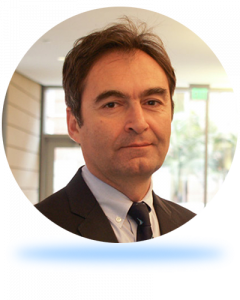
Ertugrul Taciroglu
Moderator
Chair, Civil and Environmental Engineering, University of California, Los Angeles

Amit S. Joshi M.S., P.E.
Moderator
Senior Dam Safety Engineer, California Department of Water Resources
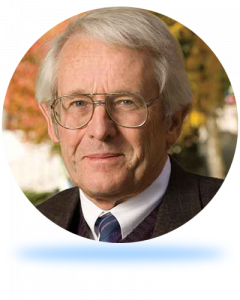
Ian Buckle
Keynote Speaker
Professor, University of Nevada, Reno
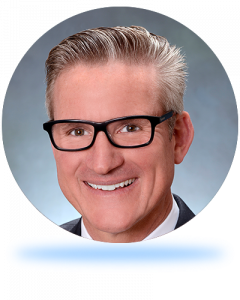
Sean Andrew Gamette, P.E.
Panelist
Managing Director of Engineering Bureau, Port of Long Beach, California
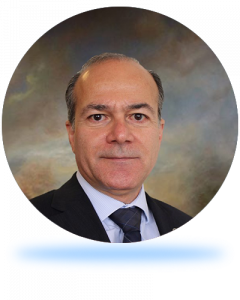
Androush Danielians, DSc, PE
Panelist
Senior Executive Officer, Project Engineering, LA Metro
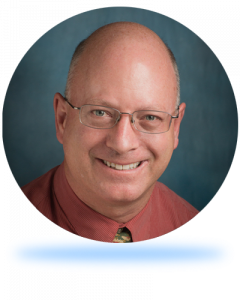
Tom Ostrom
Panelist
Chief of the Division of Engineering Services (DES), Caltrans
Christine C Inouye, P.E.
Panelist
Director of Engineering, California High-Speed Rail Authority
Conference Organizers
Collaborating Partners
Supporting Organizations

Sponsors
Platinum Sponsors
Gold Sponsors
Silver Sponsors
Bronze Sponsors
Coffee Break Sponsors

